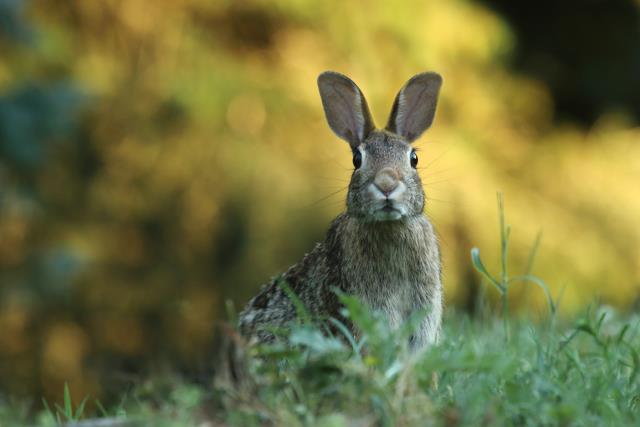
Agriculture Victoria and the Victorian Rabbit Action Network is encouraging landowners to get together with their neighbours to plan a rabbit control program, with summer and early autumn the best time reduce local rabbit populations.
Agriculture Victoria Biosecurity Manager Jason Wishart said the best rabbit control results are achieved when landowners work together and implement management programs when rabbit populations are at their lowest.
“With food scarcer over the summer period, there is a natural pause in the breeding cycle, so the time to act is now,” he said.
Mr Wishart said control techniques such as baiting and ripping also become more effective at this time year because the rabbits are more likely to eat bait and the soils are more friable and better for ripping.
“While there are a number of biological control agents in the environment such as myxomatosis and RHDV (calicivirus), they are not effective for managing rabbit populations on their own,” he said.
“The most effective programs are those that adopt the ‘rabbit recipe’ which is an integrated approach using a combination of baiting, ripping and fumigation.
“It is also critical to monitor rabbit numbers before and after your program to confirm that you are having the desired impact on the rabbit population.”
Rabbits cause considerable damage to agriculture as they consume pasture and various crops and compete with livestock for feed. This, coupled with their burrowing behaviour, also leads to soil erosion and other land degradation issues.
Rabbits also have a significant impact on the natural environment through selective grazing, competition with native species and habitat degradation.
Mr Wishart said effective rabbit management is especially critical at the moment because populations are predicted to increase as a result of the the late browning of vegetation this spring and summer.
“Research indicates that the late browning of vegetation in spring and summer can result in increased rabbit populations the following year,” he said.
“With the wetter conditions we are seeing this spring and summer, it is very important to control rabbits now, so they don’t get a chance to build up.”
Landowners are urged to talk to their neighbours and form community rabbit action groups that can share the cost of contractors to conduct baiting, ripping and fumigation over multiple properties, making it more effective.
Chair of the Victorian Rabbit Action Network and farmer from north west Victoria Gerald Leach said it was essential that communities are motivated and supported to conduct effective rabbit control programs.
“Rabbits are a serious problem for everyone. They have major impacts on agriculture, the natural environment, Aboriginal cultural heritage, infrastructure and community assets.
“Undertaking rabbit control with your neighbours is far more effective than working on a single property, as it provides greater knockdowns and helps slow population recovery,” Mr Leach said.
For more information about best practice rabbit management visit Agriculture Victoria’s website agriculture.vic.gov.au/biosecurity/pest-animals/invasive-animal-management/integrated-rabbit-control or vran.com.au







